Description
60 Seeds Broad Windsor Fava Beans are one of the oldest plants with beginnings in ancient Greece and Rome for its beneficial cover crop properties, capable of fixing 200 lbs. of nitrogen per acre to replenish poor and depleted soils. They are cool weather beans, usually planted and harvested earlier than most beans. Each long pod contains large oblong beans with a delicious creamy and nutty taste. Try in side dishes, purees, dips, pestos, and spreads for a luxurious taste! Also known as: Horse, English Dwarf Bean, Tick, Pigeon, Bell, Haba, Feve and Silkworm beans. We ship in 1 business day. Shipped with USPS First Class Mail. Plant Name: Fava Bean, Broad Windsor Latin Name: Vicia faba Days to Germinate: 7-14 Days to Harvest: 80 Germination Rate: 90% Test Date: 8/21 Growth Habit: Upright 2-5 ft., 10 in. Spread USDA Zones: 2-11 Lifespan: Annual Country of Origin: United States Sunlight: Full Sun, Partial Shade GMO: No Pollination: Heirloom, Open-Pollinated Fungicide-Treated Seeds:*: No Seeds Packed For**: 2022 *Fungicide-treated seeds protect the seedlings from diseases until they are up and growing. Do not eat treated seeds. **Seeds are freshly packed for the growing season of the year listed. Seeds are still viable beyond pack date. Store in a cool and dry location such as the refrigerator or basement to best preserve germination rates. Planting Instructions: Soil Preparation: Remove weeds, large rocks, and litter from the planting area. Till the soil 8-10 inches deep and rake several times to break up large clods. It is best to do this when the soil is dry enough to not stick to garden tools. Loosening the soil will help the plant establish strong roots. Planting: In the Spring, plant beans after all danger of frost has passed. In the Fall, plant beans 10 to 12 weeks before the first expected frost. Plant bush beans 1 inch deep and 1 to 2 inches apart in the rows that are 2½ to 3 feet apart. Planting in moist soil is best for seeds to germinate and emerge quickly. After the beans have sprouted, thin the plants to 4-6 inches apart. Planting Depth: 1 inch Within-Row Spacing: 1-2 inches, thin to 4-6 inches Between-Row Spacing: 2 1/2-3 feet Care During the Season: Watering: Water the plants about once a week in dry weather. Try not to let the soil dry out while the beans are blooming or the blooms will drop and yields will be decreased. Weeding: The roots of beans grow near the soil surface. When hoeing and pulling weeds, try not to dig too deep to prevent the plant’s roots from damage. Fertilizing: As the plants begin to flower and set beans, you may optionally apply fertilizer to help plants produce more beans. Apply by scattering between the rows about 1/2 cup of fertilizer for every 10 feet of row. Water the plants after fertilizing. Insecticides: Insecticides may be used to protect plants. Bt-based insecticides and sulfur are organic options. Sulfur also has fungicidal properties and helps in controlling many diseases. Before using a pesticide, read the label and always follow cautions, warnings and directions. Diseases: Diseases may be a possibility during cool, wet weather. If spots appear on leaves or bean pods, treat the plant with an approved fungicide. Neem oil, sulfur, and other fungicides may be used. Harvesting: Fava beans can be picked in the shelling stage or the dry stage. To pick beans during the shelling stage, pick when the pod has changed color and the beans have been plumped, but before the pods and seeds have dried. During the dry stage, pick dry Fava beans when the pods are dry, faded in color, and brittle and seeds inside are hard. Fresh beans can be frozen or stored in a refrigerator for a week. Nutrition Facts: Fava beans, raw Amount Per 1 cup (126 g) Calories 111 % Daily Value* Total Fat 0.9 g 1% Saturated fat 0.1 g 0% Polyunsaturated fat 0.4 g Monounsaturated fat 0.1 g Cholesterol 0 mg 0% Sodium 32 mg 1% Potassium 418 mg 11% Total Carbohydrate 22 g 7% Dietary fiber 9 g 36% Sugar 12 g Protein 10 g 20% Vitamin A 8% Vitamin C 7% Calcium 4% Iron 11% Vitamin D 0% Vitamin B-6 5% Cobalamin 0% Magnesium 10% *Percent Daily Values are based on a 2,000 calorie diet. Your daily values may be higher or lower depending on your calorie needs.

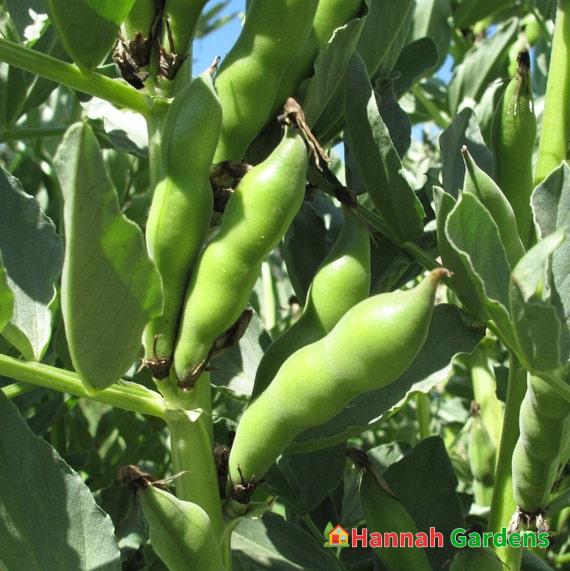
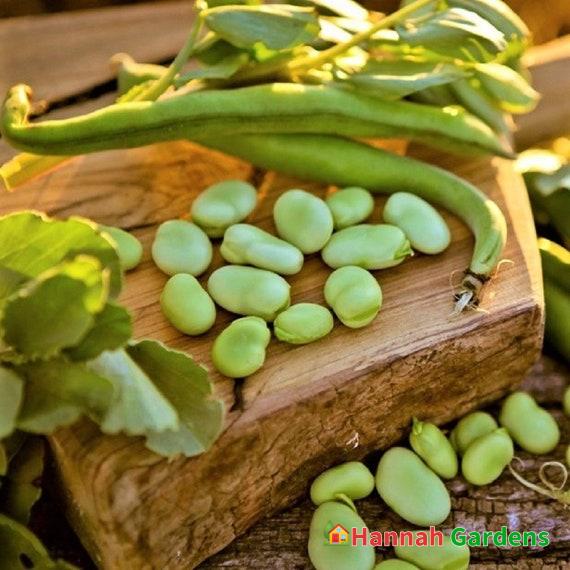
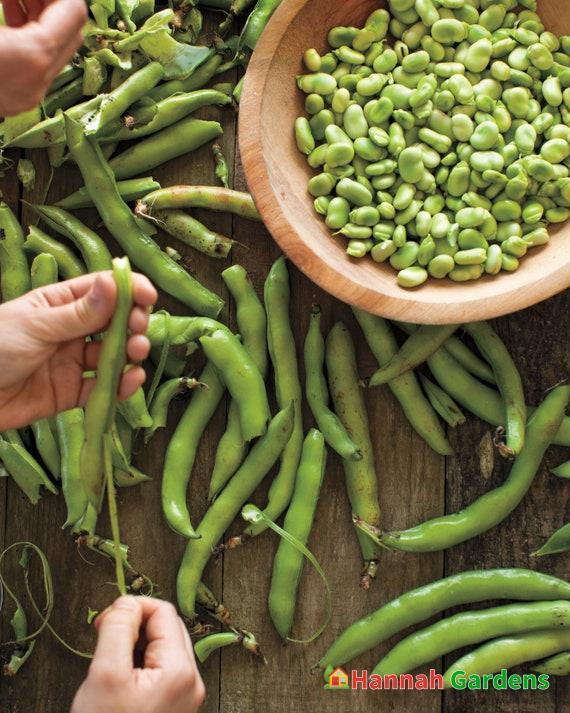
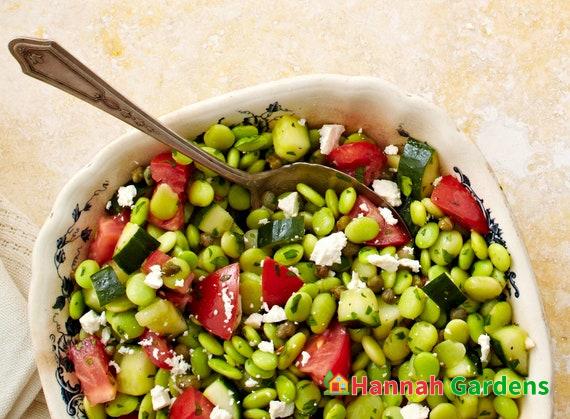
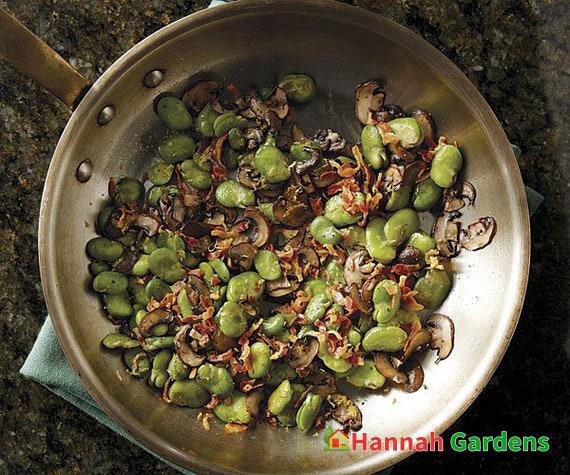
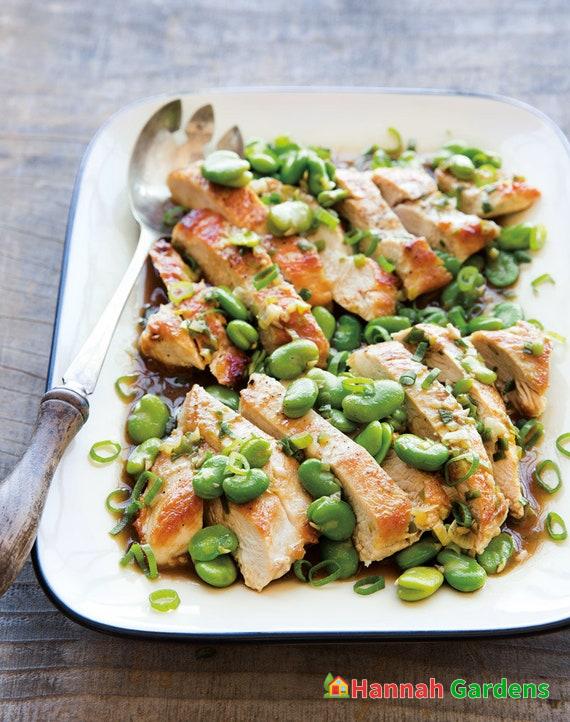
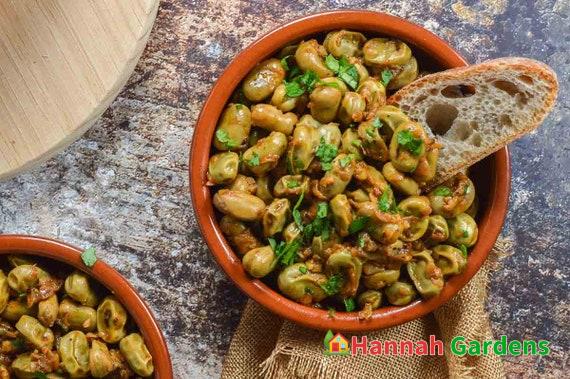
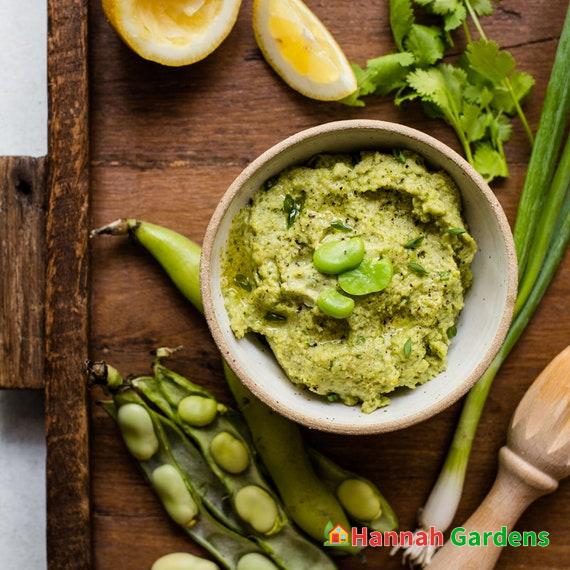
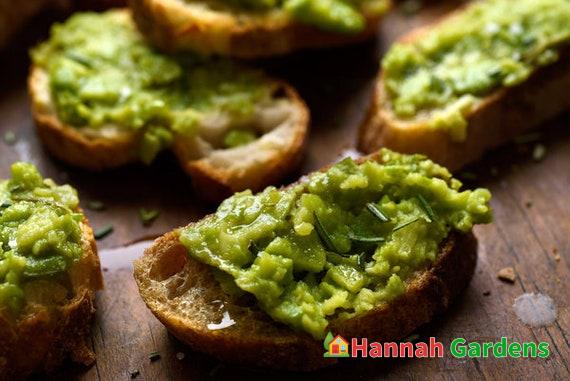
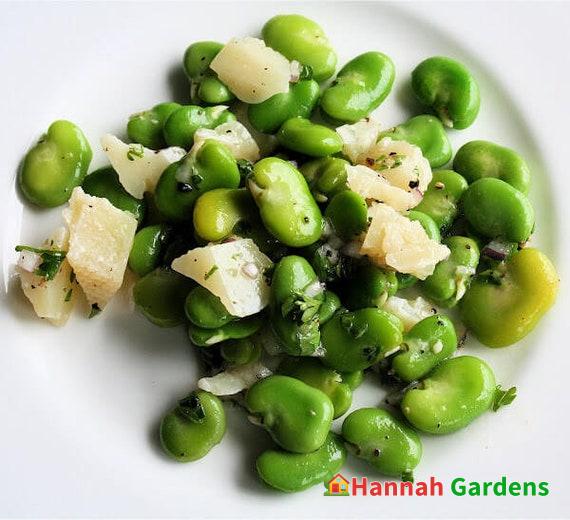
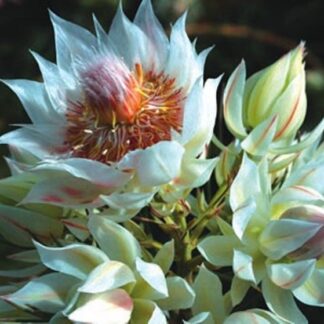
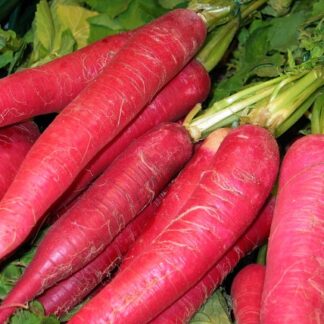
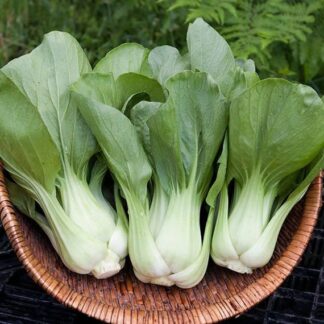
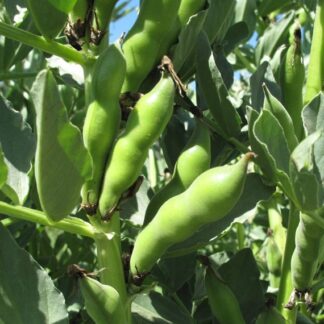
Reviews
There are no reviews yet.